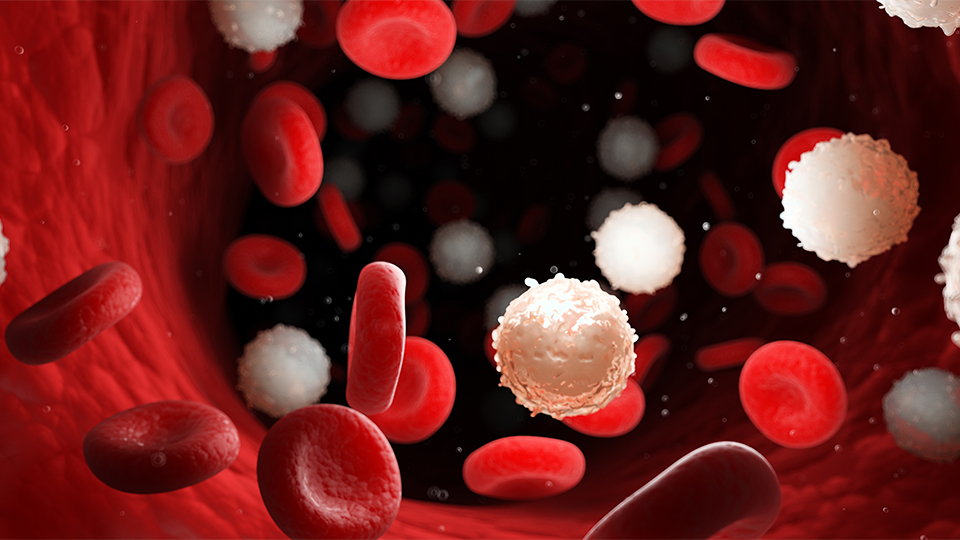Whole blood transfusion: which role in traumatic hemorrhagic shock resuscitation?
DOI:
https://doi.org/10.37051/mir-00035Keywords:
transfusion, whole blood, massive hemorrhage, trauma, damage controlAbstract
Blood transfusion has developed and progressed in step with military conflicts. Blood groups and cross-matching rules discovery led to identifying "universal donors". Whole blood fractionation and the differentiated storage of its components improved transfusion safety and conservation of the different blood products.
While the majority of preventable trauma deaths are related to massive bleeding, recent military engagements highlighted the importance of early transfusion and targeted resuscitation against coagulopathy. In the acute phase, red blood cells, coagulation factors and platelets are administered according to a transfusion ratio strategy. However, this strategy faces logistical difficulties related to the different storage conditions of blood products, their availability delay, and the workload that their transfusion imposes in emergency context.
In austere environments, fresh whole blood collection and transfusion have remained an alternative technique that has shown clinical and logistical value. Civilian and military teams subsequently demonstrated the feasibility of low hemolysin titer group O whole blood 4°C storage then transfusion, in order to obtain a universal transfusion product available without delay.


